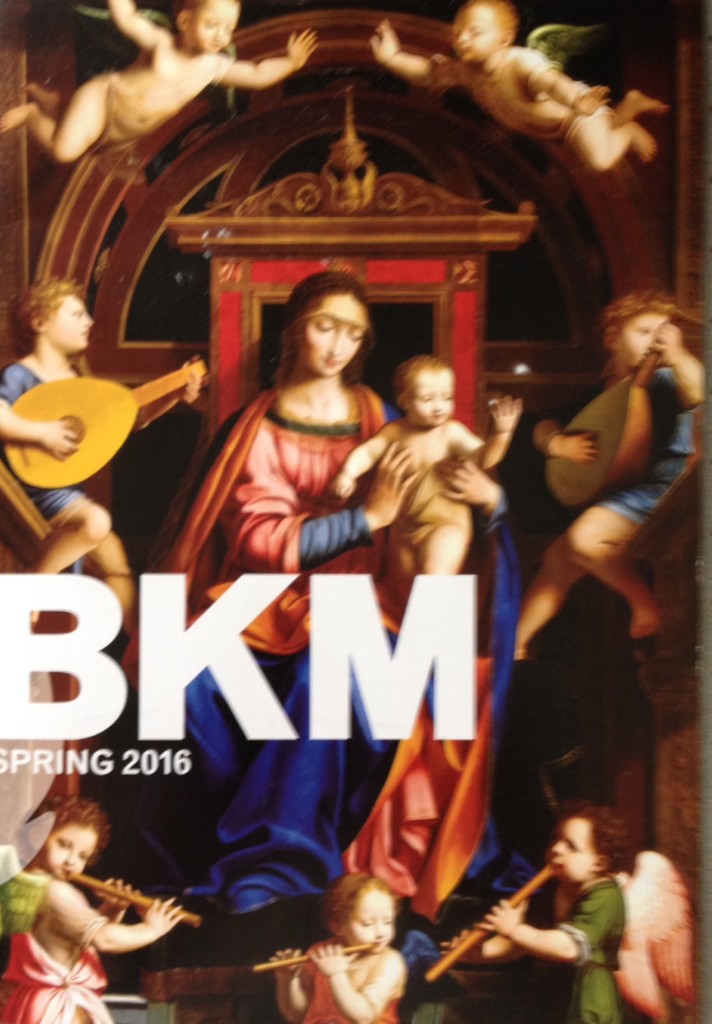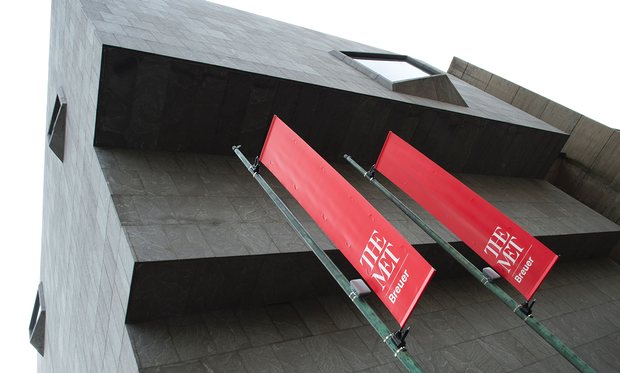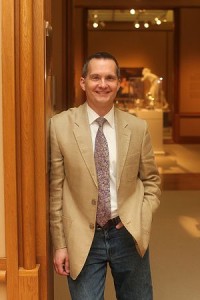The news late last week twinned the Metropolitan Museum of Art* and the Museum of Modern Art,* making them a study in contrasts: The Met had just announced programming cutbacks, buyouts and other financial woes, while MoMA was basking in the glow of a $100 million donation from David Geffen.
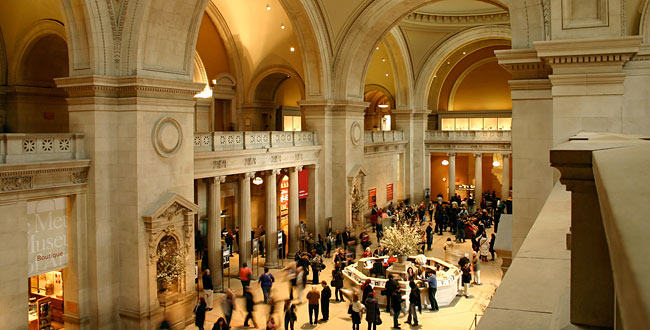 But I’ve been thinking for a while about a more apt pairing: Have the Met and the Whitney Museum* traded places?
But I’ve been thinking for a while about a more apt pairing: Have the Met and the Whitney Museum* traded places?
There was a time not so long ago, you’ll recall, when the Whitney was the enfant terrible of the New York City museum world. It could barely do anything right. Its biennials were almost uniformly blasted by the critics (for a reminder of the infamous 1993 version, see last week’s New York magazine), and so were many of its other exhibitions (“too trendy” or “too P.C.”). The board was unruly, and directors inevitably turned over after a clash about something (Tom Armstrong, David Ross, Max Anderson…).
Whitney curators and other staff were frequently unhappy. Attendance dropped. Opening hours shrank. Leonard Lauder, the Whitney’s biggest financial backer, failed to receive the respect he should have had, as the new wanted to sweep out the old and move downtown. And other things like that. In 1999, The New York Times Magazine published an article headlined The Curse of the Whitney—and that curse seemed to live on and on.
And now? The Whitney has just come off a highly successful first year in a new building that, while not the most beautiful on the outside, has been wonderful for showing art. The inaugural exhibit featuring its permanent collection, America is Hard to See, was highly praised, and so have the museum’s other exhibitions this year, for Frank Stella and Archibald Motley, among them. People have been lining up to get in. I’ve even heard good things about the restaurant! Next Saturday, to celebrate, the Whitney will be free to residents of its four neighboring zip codes and other celebratory events. Curators there seem happy, even though director Adam Weinberg has made changes that might have created turmoil.
Meanwhile, uptown, it seems that the curse has passed to the Met. Its exhibitions have, for the most part, been up to snuff–or better–with the exception of the Unfinished and other exhibits at the Met Breuer. Insiders tell me that curatorial morale is at an all-time low (and perhaps no wonder, after director Tom Campbell publicly told them to stop whining). After emptying out the Asian galleries last year for the costume institute exhibition, this year the Met will empty out much of the Lehman wing for the soon-to-open costume show on technology and fashion (some Lehman paintings have been hung elsewhere in the museum; others are in storage). While most curatorial departments have shrunk (except for Modern and Contemporary, which expanded), the technology/digital staff has shot up to about 80 people, I’m told.
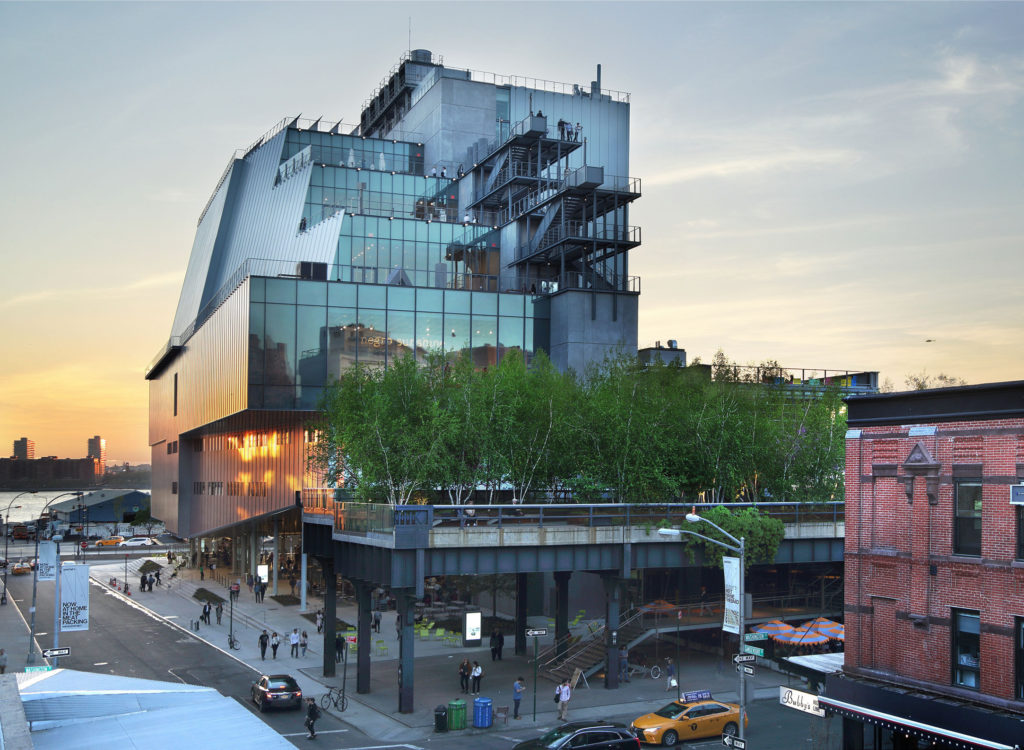 As for the costly new logo and branding efforts, well, you’ve heard how much it’s disliked by many. Yes, the Met has managed to, well, manage its image with some publications (and also here), but the jig may be up.
As for the costly new logo and branding efforts, well, you’ve heard how much it’s disliked by many. Yes, the Met has managed to, well, manage its image with some publications (and also here), but the jig may be up.
Last week, the Met said it went public with its cutbacks to be transparent, but was it? And are the troubles really a result of the times and the Met’s “need” to compete in the contemporary art arena, or are they a reflection of poor management decisions? Among the questions that come to my mind
- What is the total cost of the Breuer building to the Met, lease plus renovation expenses plus operating costs?
- How much did the logo/rebranding cost? The number I’ve heard from several good sources is $3 million, but the Met has denied that.
- What is the cost of that technology department? Will it, too, be cut back?
- If admissions are down, how much of the decline can be attributed to the free admission given to holders of the new New York City ID cards, a pet project of the de Blasio administration?
- Retail revenue is supposedly down–but what about retail profits (which I’m told are non-existent, though that is not unusual in the museum world)?
- Will the Met finally close, as is rumored, its high-rent Rockefeller Center store?
- In the cutbacks, what will happen to acquisitions?
- Can we be assured that the endowment principal will not be invaded or become a source of borrowed money?
I could go on…
*I consult to a foundation that supports these institutions

